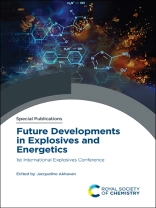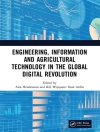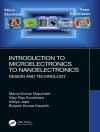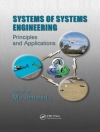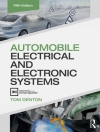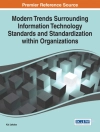The International Explosives Conference (IEC) champions cutting-edge, deep-science research conducted internationally in the energetic materials sector. Designed for professionals, academics and researchers, it is involved in the fundamental science of explosives and other energetic materials. Set firmly in the context of ‘future developments’, IEC-2022 presents and debates the themes of: energetic materials and characterisation; manufacturing and processing; response to stimuli; advances in experimental techniques and diagnostics and theory, modelling and simulation.
IEC-2022 took place in London from 22 to 24 June 2022 and this publication provides a record of the proceedings for the oral presentations and display posters that were showcased at the event.
Inhoudsopgave
The International Explosives Conference 2022 (IEC-2022) Proceedings;Synthesis, structure and reactivity of energetic nitrobis(pyrazolyl)benzenes;Energetic materials based on nanoporous carbon;Crystal structure and characterization of the well-known plasticizers ethylene glycol dinitrate, diethylene glycol dinitrate and triethylene glycol dinitrate;Impact and friction sensitivities of PETN during manufacture;Chemistry of aminated 5-azidotetrazoles: how to make sensitive materials even more sensitive;Natural and renewable resources for new inert and energetic polymeric binders – hazard properties;Small-scale characterisation of urea hydrogen peroxide explosive performance using heterodyne velocimetry;Iterative design studies on additively manufactured energy absorbing structures;Spatially resolved detonation pressure data from rate sticks;Cookoff reaction violence;Application of continuous velocity of detonation diagnostics to PE4 cylinder tests;Towards understanding the detonation properties of additively manufactured RDX: dry powder printed;The properties of detonating compositions prepared from submicron KCl O4 and Ti H2;Investigating XDT in rocket propellants;Estimating an enclosure temperature during solid propellant fires;Assessment of the constant shock-velocity assumption used in the analysis of one-dimensional overdriven detonation plate impact experiments;Experimental observation and modelling of contained detonations of PE4: what is the influence of afterburn?;Implementation of HVRB in LS-DYNA and application to detonation in hemispherical charges in ideal explosives;Models for the pinching of a confined hollow explosive cylinder containing air;The role of pressure-dependent viscoplasticity and volumetric dilation in energetic materials at intermediate strain rates;Maximum likelihood analysis of critical energy initiation criterion
